In the wake of Captain Cook’s east coast voyage in Queensland
Retracing the master navigator’s endeavours in Queensland.
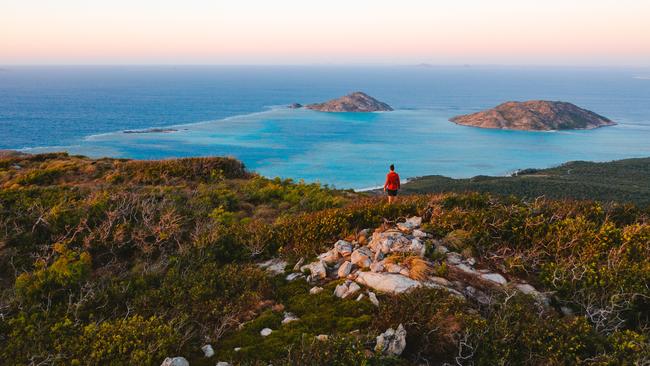
James Cook could have chosen any of a dozen landing spots along our eastern shore to fulfil his secret orders 250 years ago. But he waited until the good ship Endeavour reached the islands of Torres Strait and he was sure he’d found a safe passage out of the labyrinthine barrier reef that had driven him to his wits’ end. On August 22, 1770, he “hoisted English Colours, and in the Name of His Majesty King George the Third took possession of the whole Eastern coast …”
Thus ended a four-month saga that had strained every sinew of his ship and its crew. And, thanks to those who followed him, it has strained relations with the traditional custodians of the land to this day.
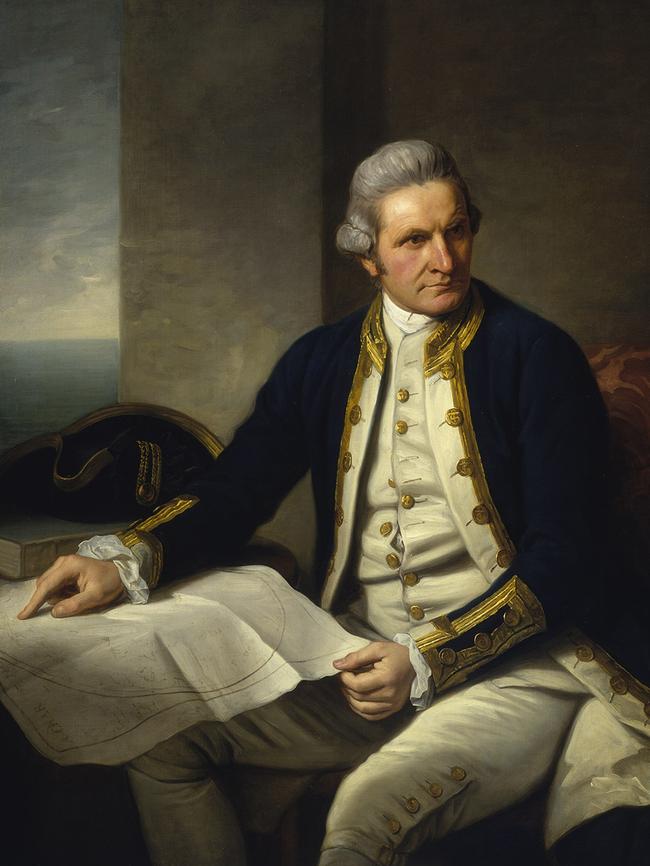
A gauge of Cook’s mood at any point could come from his fulsome journal, but it’s weighed down by monotonous references to the likes of “bearing West 1/2 North” and unfathomable listings of fathoms. An alternative window into his mind is the map, because apart from acknowledging various superiors, dignitaries and aristocrats when anointing geographical features with English names, Cook called it as he saw it. In early days he had fun with descriptors such as Ram Head, Mount Dromedary and Long Nose.
READ MORE: Cook in the spotlight | ‘He didn’t particularly like Australia’ | James Cook speaks to us now | A meeting of two worlds | The landmark endeavour |
By the time he got to the part of Queensland that he called New Wales, things were gloomier. Cook named Mount Warning for its prominence behind a place he was compelled to label Point Danger; there was no freshwater in Thirsty Sound; and Shoal Water Bay speaks to Cook’s constant concern about being “embarrassed” among its underwater hazards. And then there was the place that inspired that great understatement of Georgian-era navigation: “… because here began all our Troubles.”

Until I walk the beach abutting this promontory in north Queensland, I haven’t pondered the provenance of the idyllic Cape Tribulation. The rainforest highlighted by enormous fan-shaped ferns comes right to the shore, the sunset is glowing, and I have the beach to myself, although I make no assumption that saltwater crocs aren’t lurking in the mangroves. Only a low light gives away that, hidden 30m inland, is Cape Trib Beach House, its comfortable cabins discretely scattered in the forest.
It was benign for Cook, too, for the night of June 11, 1770, was neither dark nor stormy, with him noting a “fine breeze of wind and … clear Moon light”. Nonetheless, Endeavour struck a reef northwest of here, and these salts were in a pickle. That’s when places such as Hope Island, Weary Bay and Providential Channel appear in Cook’s writings, chapters in his great escape story.
Endeavour had enjoyed plain sailing up the coast since sighting the continent at Point Hicks near the Victorian-NSW border, on April 19. Apart from a few days in Botany Bay, the English made landfall only in Queensland, and its less-populated Cook touchpoints still impart a sense of his wonder of discovery when you sail the waters and tread the country he explored and named. There are those spectacular Glass House Mountains, Bustard Bay (overlooked now by a chill-out hamlet called 1770) and The Whitsundays, which Endeavour entered on the day his church was commemorating that festival, June 3.
Yet Cook was rather blind to the enormity of the reef and its dangers. He had a clue, however, as he manoeuvred past Cape Tribulation, because the fathom soundings were all over the place. Almost inevitably, around 11pm, “the Ship Struck and stuck fast”.
Many methods were attempted to release Endeavour, including lightening its load by jettisoning anything non-essential. Hard work on the pumps, straining on anchors, favourable tides and the act of “fothering” the ship — wrapping a sail loaded with sticky fibres around the hole — eventually got it away. But where to go?
Three days later, they found a harbour “very convenient for our Purpose”. Cook had arrived at Cooktown. As do I, happy to be in what’s now still a great frontier town.
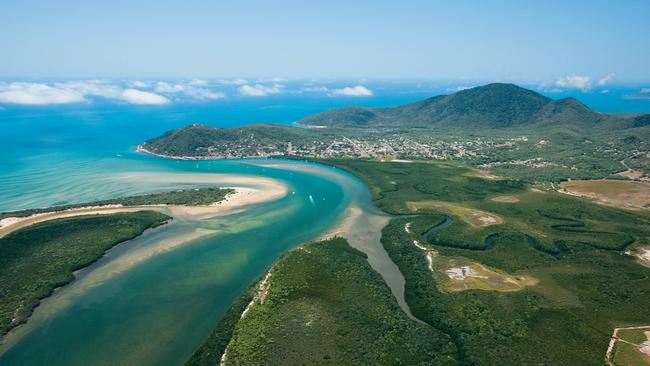
To get to Cooktown from Cape Tribulation, you can take the Bloomfield Track, a fair-weather route only, even in a fit-for-purpose 4WD. You pass Weary Bay — Endeavour crew rowed here only to find it an unsuitable spot for repairs — and at Rossville you’re almost lined up with Endeavour Reef 25km out to sea.
Rossville’s Lions Den pub doesn’t have a visitors book; it is a visitors book all in itself. Patrons sign the corrugated iron walls, if they can find a spot. They’ve been doing so since 1881, when touring troupe Sambo Boys and the Misty Lady were first to record a visit.
The alternative route to Cooktown is in Cook’s wake, but one feels a little sheepish to be sailing these waters, where Endeavour nearly foundered, aboard the divine 42-berth Coral Expeditions 2. On the first of a four-night cruise out of Cairns, I’m feasting on a buffet of bugs, prawns, whole baked fish and a laksa with mussels and barramundi as we pass to the west of Endeavour Reef.
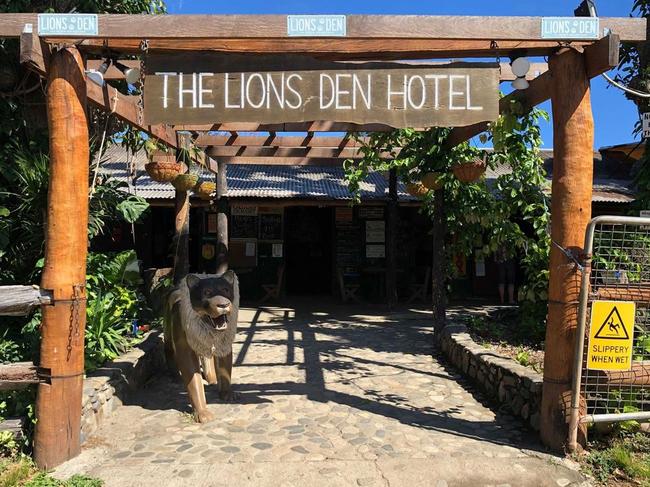
Next morning CE2 berths at Cooktown for a three-hour visit. Cook stayed seven weeks. They found a sheltered spot to beach the ship, and Cook was able to “Examine the Leak”, which was embedded with a piece of coral. Significantly, the hull hadn’t splintered, “other wise it would have been impossible to have saved the Ship”.
Along this green and shady bank are a plaque, a cairn and a statue to mark places the English laboured to repair Endeavour. If not for the few dozen vessels moored in Endeavour River, the view from here is as they would have enjoyed.
The town’s James Cook Museum has some significant items: jettisoned cannon balls, the stump of a tree Endeavour was tied to, and an anchor. When stuck on the reef, the ship’s crew had cast the anchors wide and tried to haul it free. One was abandoned, lost to time before being discovered and extracted in 1971. Cook wrote of trying to “form some Connections with the Natives”, although several encounters degenerated into the use of muskets, by Cook personally, against their “darts” or spears. But once it appeared the English weren’t leaving, relations in Cooktown became cordial — until the day the number of turtles the visitors had caught displeased the Guugu Yimithirr, who tried to take some back, and more darts and muskets were let loose. There followed a stand-off before the “Natives laid down their darts, and came to us in a very friendly manner”, Cook determining that everything had been “reconcil’d”. The spot, just below Cooktown’s main street, is marked by boulders with a sign: Reconciliation Rocks. Locals regard it as Australia’s first such instance of this emotional subject.
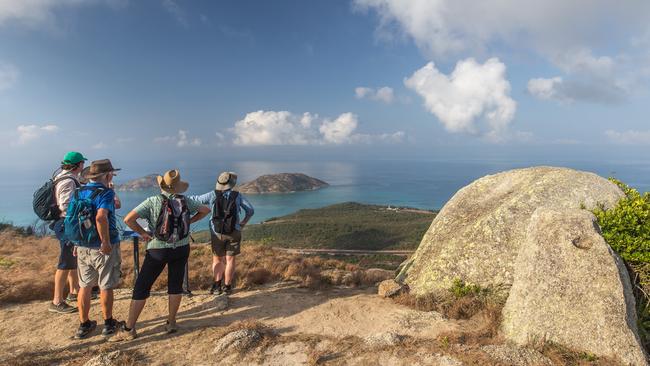
After Cooktown, CE2 anchors at Lizard Island, named for its “pretty plenty” goannas or monitor lizards. We can snorkel among coral, a stunning array of fish plus a few reef sharks that pay us no heed, but Cook was looking higher, hoping that, from the summit of a hill behind the bay, he could sight a way out.
A 6am start gets us to the 359m summit of Cook’s Look within a few hours. CE2’s Dani, who does the climb weekly, says today is the best viewing conditions she’s experienced. The Coral Sea is like glass and we see several reefs. To Cook’s “mortification”, so could he.
The obligatory cairn at the summit points to the likes of Darwin, Singapore and Johannesburg, but the critical one is to the northeast showing a channel Cook eventually spied. And so it was, on August 14, 1770, that Cook was finally well assured “we were got with out all the Shoals, which gave us no small joy”.
CE2 skipper David Boon is impressed with his predecessors’ skill. “They didn’t know what they were going into,” he says, acknowledging they had to make it up as they went along.
On CE2’s bridge, David has charts, sonar and Sat-Nav, whereas Endeavour would have had to take soundings every 15 minutes and change sails constantly. David displays the chart of our position, and the outer reefs are like a wall. Or a minefield? “That’s it, 100 per cent.”
For us they’re a playground. We dive and snorkel over wondrous corals, loll in the water while competitive giant trevally use us as a slalom path. We sail alongside surfing dolphins, and marvel at a slice of nature that so bewildered Cook.
If he’d taken nothing but depth soundings, left nothing but place names, things may have been okay. But Cook also left a flag, on a place he high-handedly named Possession Island, an act of colonialism that marked the shattering of this ancient land’s innocence. How prescient, then, was that journal entry: “… because here began all our Troubles”.
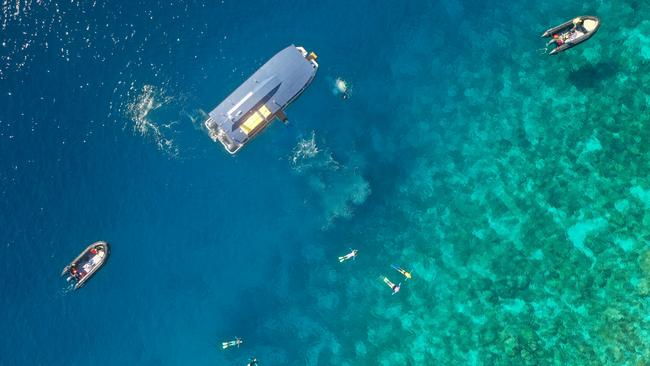
In the know
Cooktown has rescheduled its Cook 250th expo to June 11-20 next year, incorporating a free music festival (June 11-13) featuring Troy Cassar-Daly, a regional showcase (June 14-18) and the Discovery Festival (June 18-20).
Coral Expeditions resumes its north Queensland sailings on October 14, with seven-night itineraries aboard the 72-berth Coral Discoverer that include Cooktown, Lizard Island, the outer reef and the Daintree River.
Adventure North has two-day return small-coach trips from Cairns, via Daintree and the Bloomfield Track.
Stay: Bailey reopens in Cairns on September 1
■ crystalbrookcollection.com;
Sovereign Resort in Cooktown,
■ tropicalnorthqueensland.org.au
More to the story
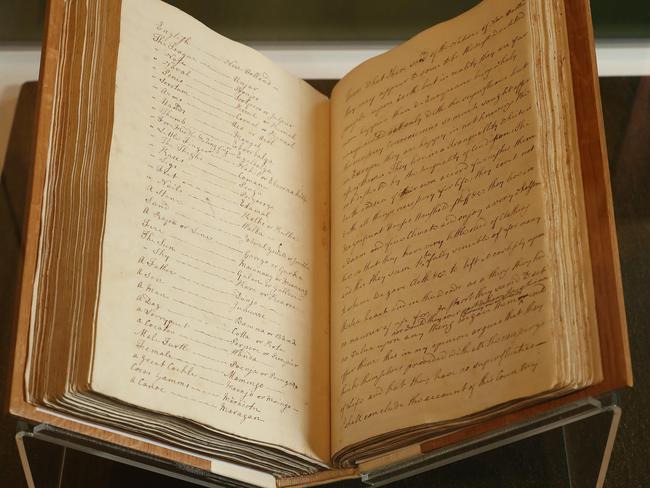
The National Library of Australia in Canberra has a facsimile copy of Cook’s journal available for reading on site and online, as well as digital transcripts of the document. Times and dates require interpretation, as Cook may not have adjusted for crossing the international date line. He would begin each journal day at noon, hence entries start with events in the previous day’s “P.M.”, followed by that day’s “A.M.”
Jeremy Bourke was a guest of Tourism and Events Queensland and Coral Expeditions.
